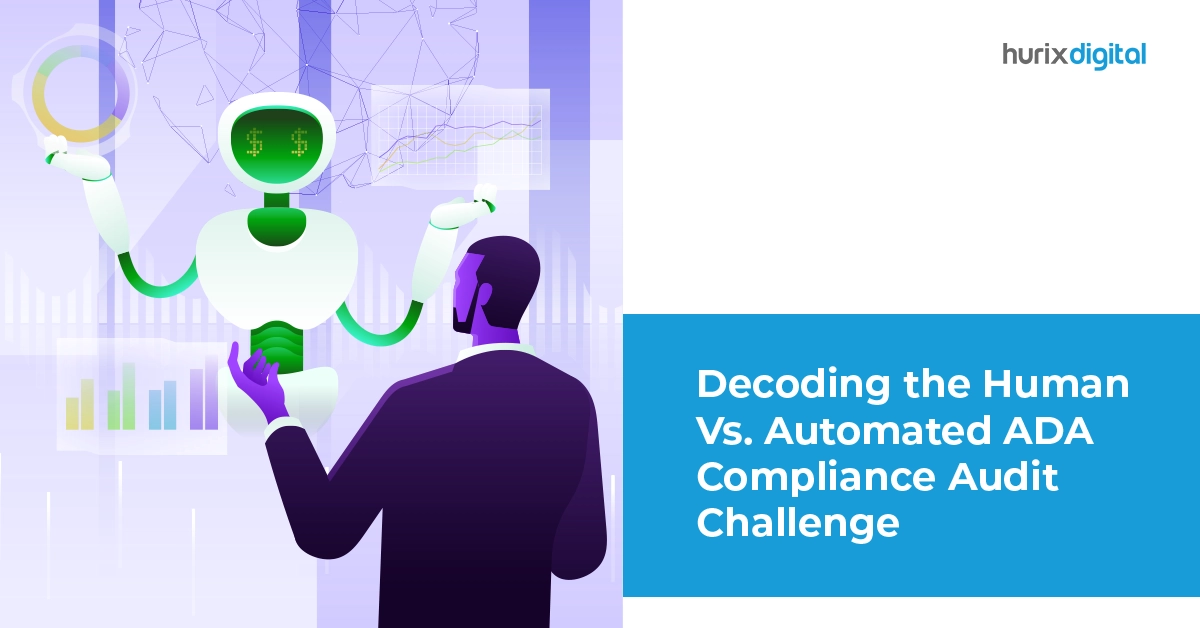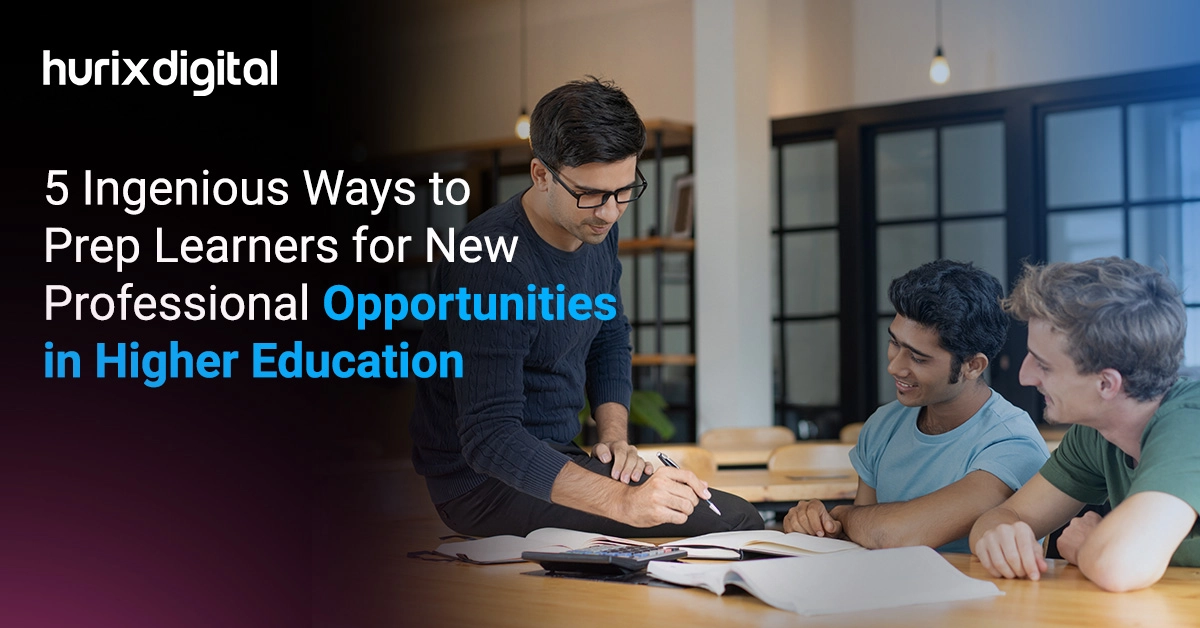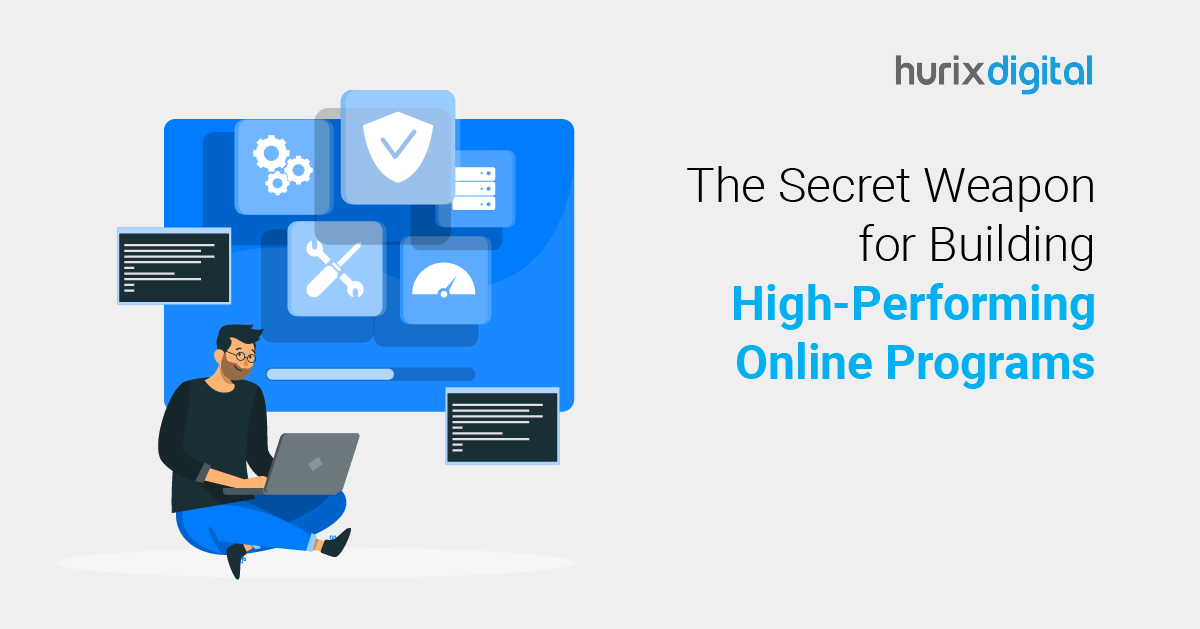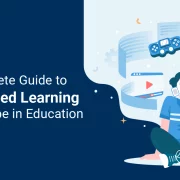
Building Inclusive Campuses: How New ADA Requirements Impact Higher Education
Summary
This blog covers ADA law changes in higher education, compliance challenges, and solutions like digital accessibility services, expert partnerships, and continuous monitoring to ensure inclusive online learning.
In 2023, plaintiffs filed over 4,600 ADA lawsuits. Making online learning accessible is an imperative ingredient in making higher education inclusive and making sure that your business is fully compliant.
Technology is developing rapidly, and this demands that educational institutions adapt to allow full participation by all students in learning, regardless of their abilities.
Recent changes within the new ADA law have given a new impetus to the concept of digital accessibility in education, thus forcing universities and colleges to revive their thinking about how they provide education inclusively.
This blog will outline what is important about the new ADA requirements for higher education, how changes affect institutions, and point out steps universities can take to comply with the new regulations and ensure a more accessible higher learning environment.
Table of Contents:
- Understanding the Americans with Disabilities Act (ADA)
- The Evolution of ADA Compliance in Higher Education
- What’s New in the ADA Law for Higher Education?
- Challenges in Implementing the New ADA Law
- Solutions for ADA Compliance: What Universities Should Do
- The Future of Higher Education Accessibility
- Conclusion
Understanding the Americans with Disabilities Act (ADA)
Americans with Disabilities Act aims to protect persons with disabilities and assures equal access to employment, public services, public accommodations, and telecommunications.
For higher education institutions, adherence to ADA requirements means one thing: it is an assurance that students with disability get equal opportunities to obtain academic resources just like any other student.
While the ADA initially focused on physical spaces ensuring wheelchair access to buildings and making reasonable accommodations such as providing sign language interpreters has since expanded to include coverage in the digital realm.
As higher education increasingly takes to online environments, this translates into course materials, lectures, and learning management systems that need to be made available to all students.
Also Read: Accessibility and the Need for Closed Captioning in Educational Videos
The Evolution of ADA Compliance in Higher Education
Now, let’s examine the evolution of ADA compliance and its importance in higher education and understand its impact on online learning.
Importance of ADA in Education
On the higher education level, the ADA should ensure that students with disabilities participate in academic life. That does not apply to mere accommodations but to accessible curricula, inclusive classroom technologies, and digital accessibility in online learning platforms.
ADA’s Impact on Online Learning
The COVID-19 pandemic accelerated a shift to online learning and forced higher education globally to adopt new learning models with unprecedented velocity. The rapid digital transformation has painfully revealed some serious flaws in accessibility.
Generally speaking, educational platforms were not designed to be inclusive, and students with disabilities found access to materials and active use of online content challenging.
The new ADA requirements focus on these challenges, in particular, noting that attention to accessibility must be ensured from the outset of the construction of any given digital platform.
What’s New in the ADA Law for Higher Education?
Accessibility in education continues to change as the landscape evolves. Below are some of the crucial changes in the ADA law that affect higher education institutions.
The newest revisions to the ADA have placed an even greater emphasis on making higher education more accessible, especially regarding digital accessibility services. The following is an overview of some of the key updates institutions should be aware of:
1. Enhanced Digital Accessibility
This update involves full digital accessibility, including different formats like PDFs, videos, podcasts, and multimedia that need to be made available and accessible to students with disabilities.
2. Accessibility of Multimedia Formats
Each educational institution must ensure the accessibility of every form of multimedia information. This includes video lectures, podcasts, and interactive means for students who have auditory, visual, or any other kind of disability to ensure inclusivity.
3. Mobile Accessibility
For the first time, emphasis has been laid on making the mobile applications and online portals as accessible as their desktop counterparts. This means the institutions will have to provide standards of accessibility, functionality, and usability on mobile devices comparable to desktop applications.
Every institution’s primary responsibility is to ensure that its learning management systems (LMS), institutional websites, and all other digital platforms are accessible by standards like the Web Content Accessibility Guidelines.
These guidelines spell out essential criteria for developing more accessible digital content, such as alt-text specifications for images, closed captions for videos, and proper labelling for form fields.
Challenges in Implementing the New ADA Law
While these changes to the ADA law are key drivers of making higher education more accessible, many institutions struggle to work through these new standards. Let’s take a look at just some of these challenges.
1. Technological Gaps
While it is widely agreed upon that adherence to ADA-compliant principles is paramount, many universities unfortunately have difficulty in implementing accessible digital platforms.
In full compliance, barriers arise from having to deal with many legacy systems and outdated technologies. Too many faculty members are also poorly trained in creating accessible content; therefore, inconsistency ensues from class to class and platform to platform.
2. Resource Constraints
For most institutions, financial and human resources pose the major challenge in implementing this change. Upgrading technology, frequent audits, and training require a lot of funds. Without this, costly lawsuits and reputational damage will replace it.
Solutions for ADA Compliance: What Universities Should Do
The ADA law requires universities to be proactive in ensuring that accessibility is a core part of their operations. Here are just a few steps that universities can take toward achieving this.
1. Investing in Digital Accessibility Services
To ensure ADA compliance, one can invest in digital accessibility services as they provide tools and other resources for furthering accessibility on digital platforms.
These services may range from automated to manual accessibility audits by experts and would recommend ways through which identified areas of non-compliance could be addressed.
2. Partnering with Accessibility Experts
In addition, external accessibility experts can enlighten institutions on best-practice methods of designing accessible learning environments. Such partnerships can ensure that universities comply with the new ADA law and are well ahead of changes in accessibility standards for years to come.
3. Implementing Continuous Monitoring and Audits
Universities also need to create a system of ongoing monitoring whereby they can instantly check the accessibility of new content and updates on their digital platforms. Regular audits would keep new issues at bay and keep the institution updated with the latest standards of ADA compliance.
The Future of Higher Education Accessibility
As technology progresses further, the future of the accessibility of higher education is only bound to be inclusive and adaptive. Next, we will take a look into the future of higher education and accessibility.
1. Predictions for Inclusive Online Learning
Moving forward in the digital age, there will be an even greater focus on accessibility in learning online. Technologies such as artificial intelligence and machine learning are key to creating more personalized and accessible learning experiences.
For example, AI-powered captioning tools and services can support real-time transcription to make it easier for institutions to meet new ADA requirements.
2. How Institutions Can Stay Ahead
All institutions must be very proactive about embracing access technologies and practices. This involves keeping up-to-date with the ADA changes, providing ongoing training for faculty and staff, and making sure all new digital platforms are inclusive right from their design conception.
Also Read: The Impact of Accessibility Consulting on Educational Content Creation
Conclusion
The new ADA law ushers in a new era of accessibility at each higher learning institution so that the curricula presented are inclusive for all students. This has called upon universities to invest in services related to digital accessibility and collaborate with experts in monitoring their platforms for compliance with changing access standards for all students.
At Hurix Digital, we specialize in taking educational institutions through the complexities of being ADA-compliant. Our all-inclusive solutions make certain that your digital platforms meet the latest standards, and you can extend an inclusive and accessible learning environment to one and all.
Connect with Hurix Digital today to learn more about how we can help your institution create a more accessible future.

Vice President – Digital Content Transformation. He is PMP, CSM, and CPACC certified and has 20+ years of experience in Project Management, Delivery Management, and managing the Offshore Development Centre (ODC).







